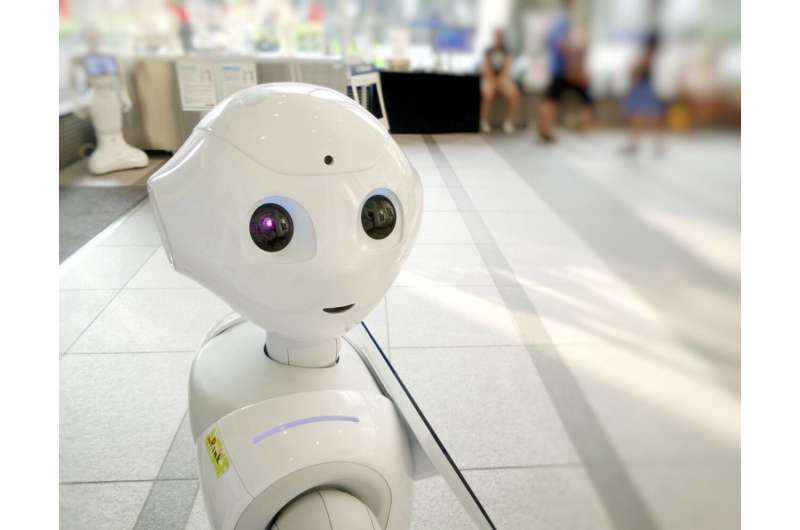Engineers have developed a groundbreaking technology that allows robots to operate without electricity, freeing up computational space for more complex AI-powered software. This novel approach, inspired by the human body, could revolutionize the field of robotics, enabling the creation of a new generation of robots capable of operating in challenging environments and performing more dexterous tasks. The findings, published in Advanced Science, have the potential to drive advancements in social care, manufacturing, and even exploration in hazardous areas.

Delegating Tasks, Empowering Robots
The key to this breakthrough lies in the researchers’ ability to transmit complex instructions to robotic devices without the need for electricity. By mimicking the human body’s mechanisms, they have developed a new type of compact circuit that uses variations in fluid pressure to communicate with the robot’s hardware.
This innovative approach allows for the separation of the robot’s ‘brain’ (the AI-powered software) and its ‘body’ (the physical hardware). By offloading certain computational tasks to the hardware, the researchers have created a system where the robot’s body can operate independently, freeing up valuable space within the control center for more advanced AI capabilities. As Dr. Antonio Forte, the senior author of the study, explains, ‘Delegating tasks to different parts of the body frees up computational space for robots to ‘think,’ allowing future generations of robots to be more aware of their social context or even more dexterous.’
Expanding the Possibilities of Robotics
This breakthrough has far-reaching implications for the future of robotics. By eliminating the reliance on electricity and computer chips, the researchers have paved the way for a new generation of robots that can operate in environments where traditional electrical systems may not function, such as in irradiated areas or MRI rooms. Additionally, the potential for these robots to be used in low-income countries with limited access to reliable electricity is an exciting prospect.
The researchers’ work also addresses a key challenge in the field of ‘soft robotics,’ where the integration of soft materials and complex movements has been hampered by the limitations of traditional electrical systems. By developing a reconfigurable, pressure-based circuit, the team has provided a solution that allows for greater control and flexibility in the design and operation of these soft robotic devices.
Unlocking the Future of Robotics: Smarter Bodies, Smarter Minds
The implications of this research extend far beyond the immediate applications. As Mostafa Mousa, a postgraduate researcher and co-author of the study, explains, ‘Ultimately, without investment in embodied intelligence, robots will plateau. Soon, if we do not offload the computational load that modern-day robots take on, algorithmic improvements will have little impact on their performance.’
By freeing up computational space within the robot’s control center, the researchers have opened the door to a future where robots can become more adaptable, complex, and useful. This could lead to advancements in areas such as social care, where robots with enhanced social awareness and dexterity could provide better support, or in manufacturing, where soft robotic systems with increased autonomy could tackle more intricate tasks.
As the researchers continue to scale up their circuits and integrate them into larger robotic systems, the possibilities for this technology are truly exciting. The future of robotics is poised to become smarter, more versatile, and better equipped to tackle the challenges of our world.
